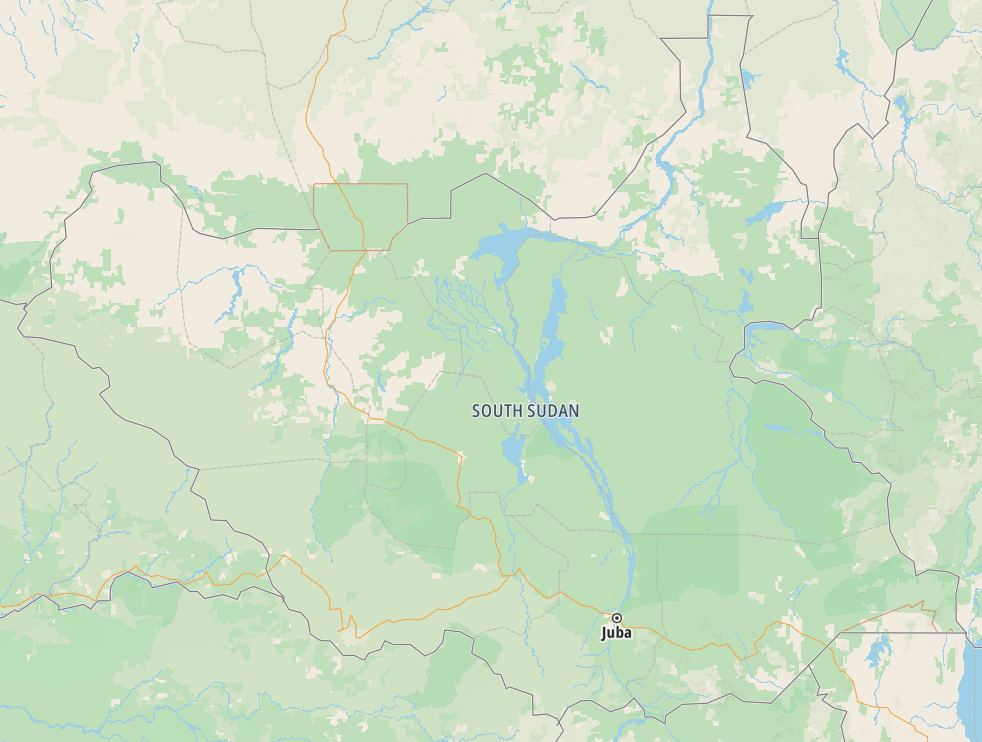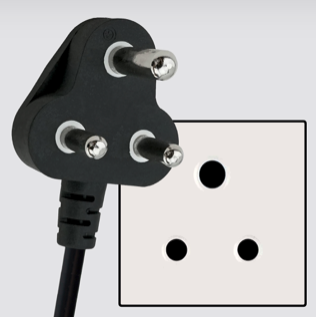South Sudan / Republic of South Sudan – Let’s explore here
What’s it like in South Sudan?
South Sudan is a landlocked country in east Africa, about the size of France. The country is mainly made up of grasslands, high-altitude plateaus, wooded and grassy savannas, tropical forests, floodplains and swamps. One of the swamp regions, the Sudd, was so difficult to traverse, it became the limit for both the ancient Egyptian and the Roman expansion into equatorial Africa. The highest point is Mount Kinyeti, at 10,456 ft, (3,187 m) above sea level.
The whole area has a long and troubled history, dating back many thousands of years though numerous empires – although the current state was only formed in 2011.
The population of South Sudan is around 12½ million people (2024), with about ½ million living in the capital, Juba. It shares land borders with Central African Republic, DRC, Ethiopia, Kenya, Sudan and Uganda.

A bit about the history of South Sudan
Pre-Colonial Era
Before colonisation, the area that is now South Sudan was home to various ethnic groups, including the Dinka, Nuer and Shilluk. These groups were largely organised around traditional pastoralism, agriculture and small-scale trade. The region was influenced by neighbouring kingdoms, such as the Kingdom of Kush, and engaged in trade across the Nile and beyond.
Colonial Period
In the late 19th century, South Sudan was incorporated into Anglo-Egyptian Sudan, which was a condominium ruled jointly by Britain and Egypt. The region’s people were subjected to foreign rule, and the British introduced policies that favoured the northern, Arabic-speaking regions of Sudan, leading to tensions. South Sudan was relatively neglected during the colonial period, with little infrastructure or political representation.
Struggle for Independence
After Sudan gained independence from Britain and Egypt in 1956, tensions between the Arab Muslim north and the largely Christian and animist south escalated. The south, feeling marginalised, engaged in multiple uprisings against the northern government. This conflict led to the First Sudanese Civil War (1955–1972), which ended with the Addis Ababa Agreement, granting the south limited autonomy. However, tensions resurfaced in the 1980s when the Sudanese government, led by the north, imposed strict Islamic laws, and the south rebelled again. This conflict became the Second Sudanese Civil War (1983–2005), which was far more destructive and led to immense loss of life and displacement. The war was fuelled by issues of religion, ethnicity, and control of resources, particularly oil.
Path to Independence
The Second Civil War ended with the Comprehensive Peace Agreement (CPA) in 2005, brokered by the international community. The agreement granted South Sudan autonomy and set the stage for a referendum on independence. In 2011, following a peaceful referendum, South Sudan declared its independence, becoming the world’s newest nation on 9 July 2011. Salva Kiir became the first president of South Sudan.
Post-Independence Conflict
Despite the hopes for peace following independence, South Sudan quickly descended into internal conflict. Tensions between President Salva Kiir and Vice President Riek Machar, rooted in ethnic divisions, led to a violent civil war in 2013. The conflict was characterised by ethnic violence, mass displacement, and widespread human rights violations. Peace agreements were attempted, but fighting continued sporadically for years. In 2018, a peace deal was signed between Kiir and Machar, leading to the formation of a transitional government in 2020. However, the country remained fragile, with ongoing humanitarian crises and struggles to establish stable governance.
South Sudan in 2025
As of 2025, South Sudan remains in a fragile state of recovery. Although a transitional government exists, the country faces significant challenges in building lasting peace and stability. Ethnic tensions, corruption, and the management of oil resources remain major issues. The humanitarian situation is still dire, with millions facing food insecurity and displacement. Despite the peace process, violence continues in some areas, and the country struggles with governance and economic development. International support remains vital, but the path to long-term peace and prosperity is uncertain.
South Sudan road trip
Our South Sudanese road trip is part of a much larger African road trip.
Our current planned route takes us close to South Sudan, and we may make a detour to visit the country. Although due to the current turbulence in the region, we may visit at another time. Whenever we do visit, hopefully our journey will improve our knowledge of this intriguing and beautiful country, and enable us to meet some interesting people. We’ll be updating this page at that time – don’t forget to check back 🙂
Map of South Sudan

What’s it like to drive in South Sudan?
They drive on the right hand side of the road in South Sudan. In the main, roads are very poor, with many being unsurfaced dirt tracks. Driving standards are also poor.
Do you require an international driving permit in South Sudan?
We’ve created a dedicated page to driving abroad, which answers this question, and more, which you might find helpful.
Can you use your UK driving license when driving through South Sudan?
We’ve created a dedicated page to driving abroad, which answers this question, and more, which you might find helpful.
Do I need a carnet de passages to drive in South Sudan?
A Carnet de Passages is required to overland in South Sudan. We’ve created a dedicated page to driving abroad, which answers this question, and more, which you might find helpful.
What currency do they use in South Sudan?
In South Sudan they use the South Sudanese pound pound. Cash is widely used. The use of credit / debit cards is not currently accepted. Travellers cheques are also not accepted. There are very few ATMs outside of the capital, and even fewer that accept foreign issued cards.
You should make yourself aware of the amount that your bank charges you for using credit and debit cards abroad. Often credit cards are cheaper for purchasing items directly, and for withdrawing cash from ATMs.
What language do they speak in South Sudan?
They mainly speak English in South Sudan. Arabic is also widely spoken.
What time zone is South Sudan in?
Remember, when you’re planning your next trip to take a look at what time zone it’s in.
Do I need a visa to visit South Sudan?
We’ve created a dedicated, more comprehensive page on visas, which you should find helpful. Check it out!
Is wild camping legal in South Sudan?
Yes, wild camping is fine in South Sudan.
What plug / socket type do they use in South Sudan?
In South Sudan they use plug / socket types C and D.


Health issues in South Sudan
Is it safe to drink water in South Sudan?
No, it is not safe to drink tap water in South Sudan. Bottled water is readily available throughout the country.
What vaccinations are required for South Sudan?
This NHS website is kept up to date with all relevant information on vaccinations in South Sudan.
Phones in South Sudan
What is the country calling code for South Sudan?
The country calling code for South Sudan is +211
What are the emergency phone numbers in South Sudan?
- The emergency number for police in South Sudan is: 999
- In South Sudan, the emergency number for ambulance is: 999
- The emergency number for fire in South Sudan is: 999
If you’ve got some useful info that you’d like to share, let us know!
And don’t forget to check out all the other pictures!
